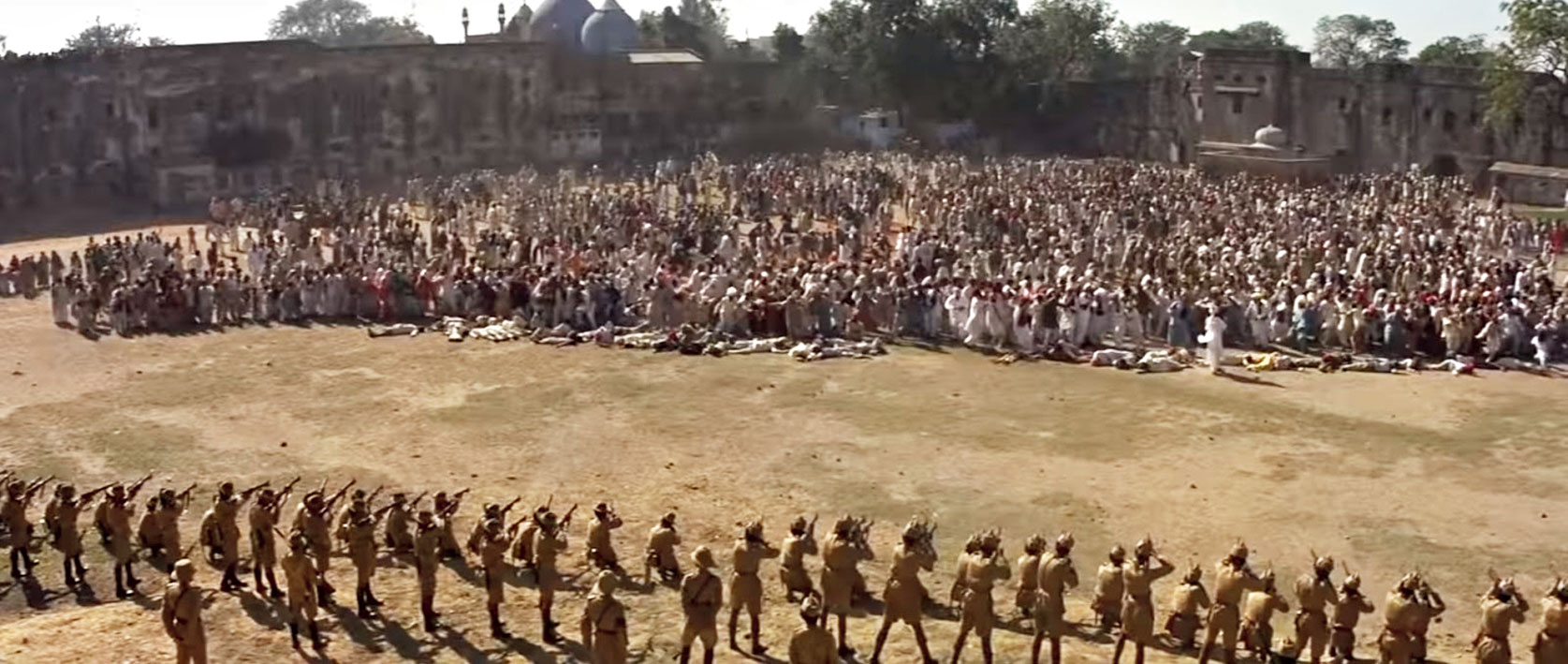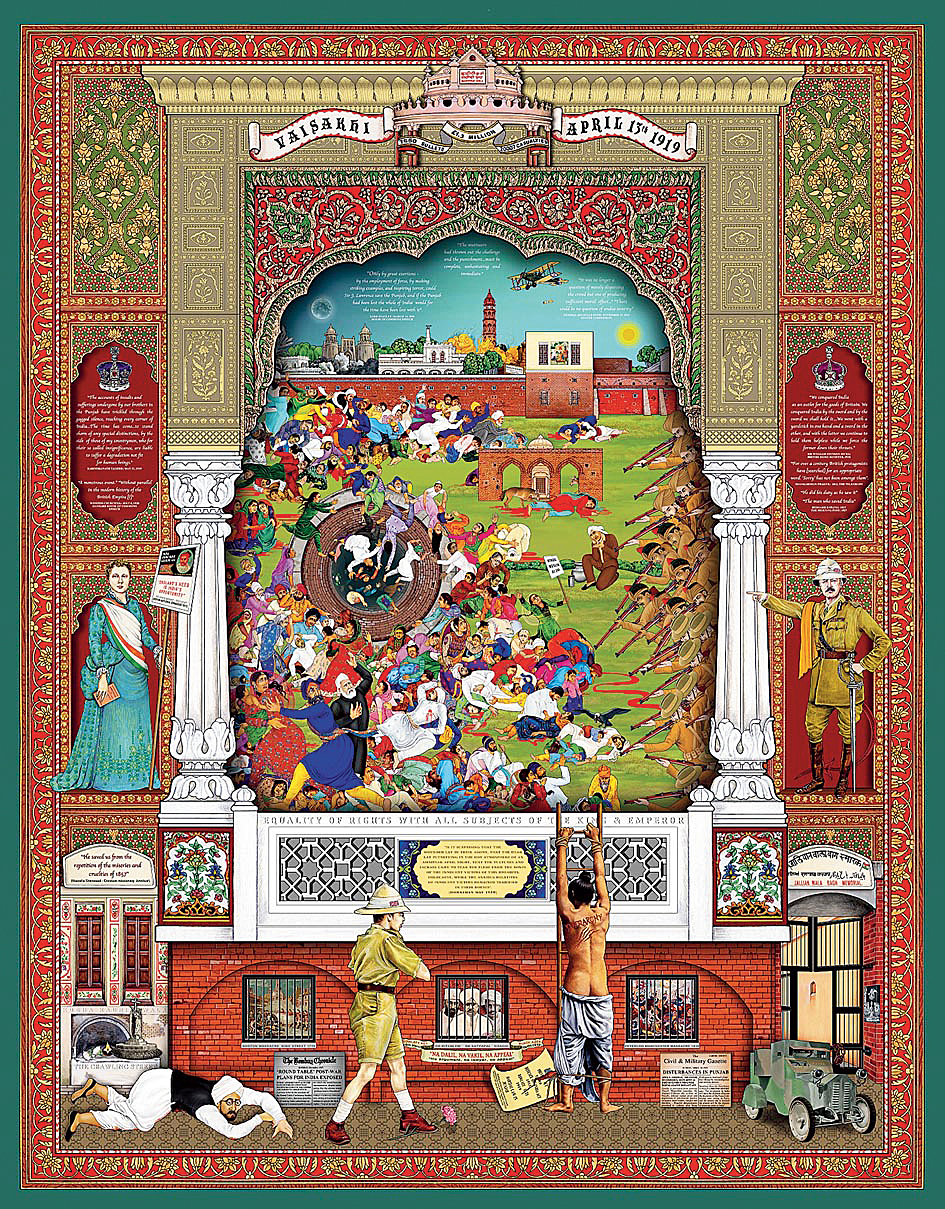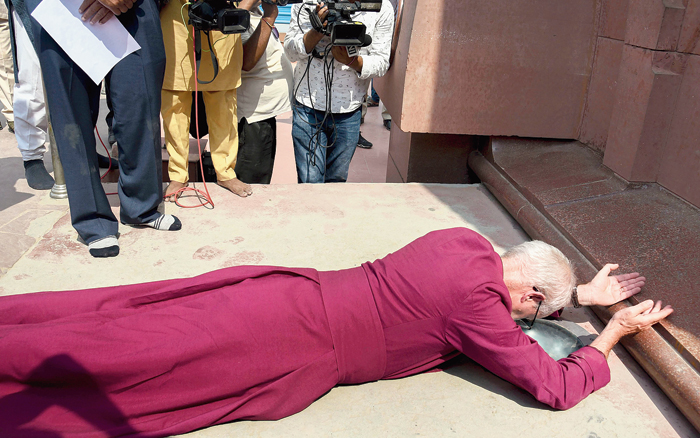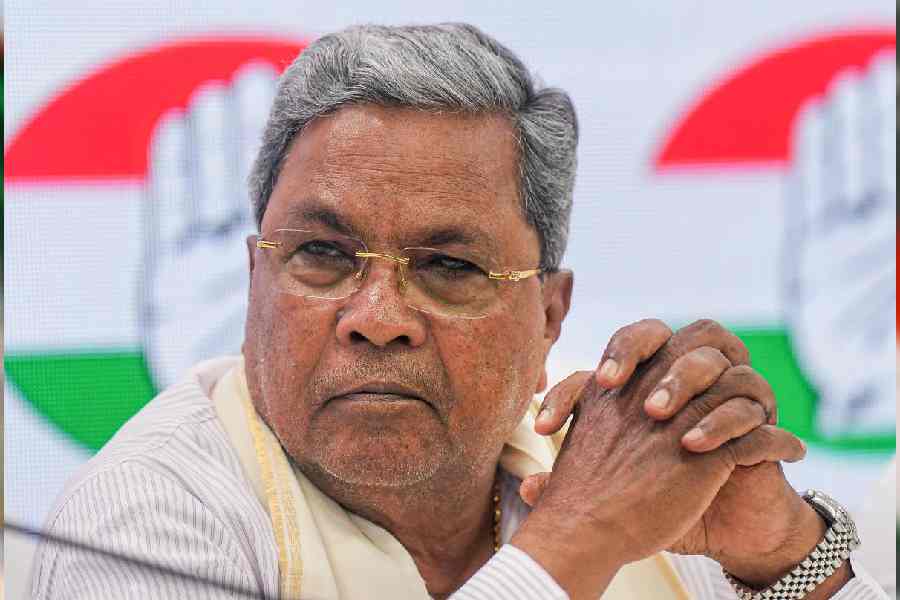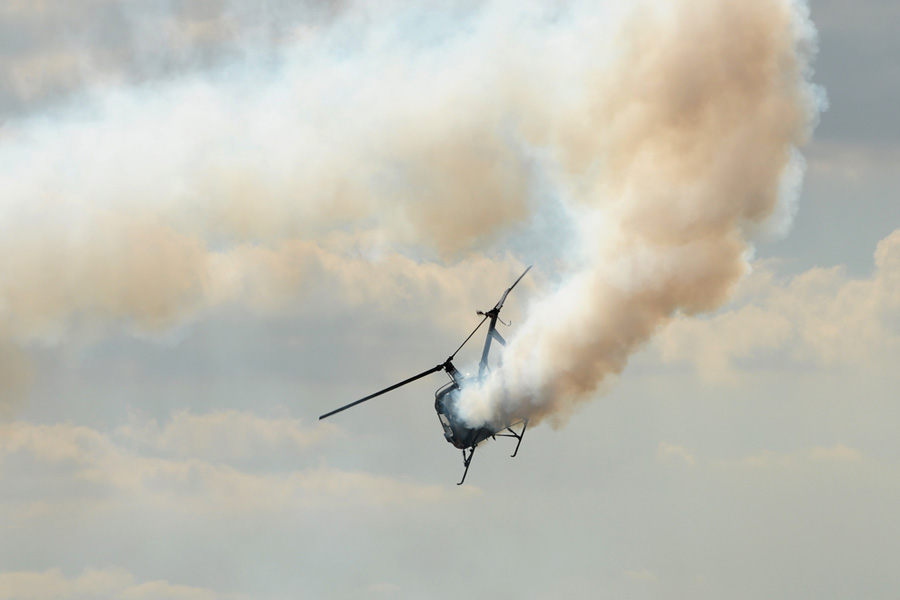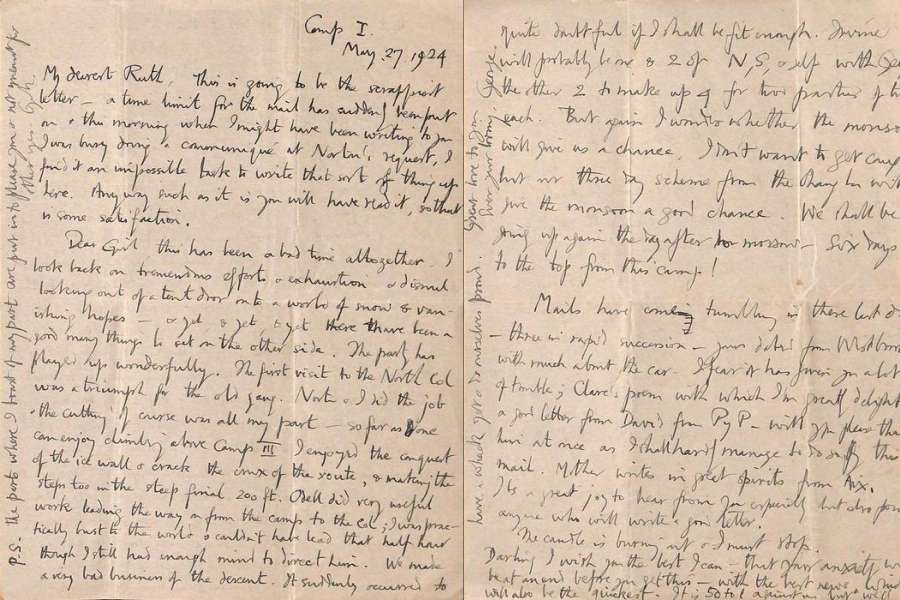In the relationship of history with the past, it is generally believed that the total volume of the past, both remembered and not remembered, is much larger than history and that no amount of historical knowledge can match up to its enormity. However, there is also a sense in which history is larger than the past. This is particularly true of an event like the Jallianwala Bagh massacre of April 13, 1919. The actual event did not last for more than a few minutes. But volumes have been written on it and many more can still be written. The book under review -- Jallianwala Bagh: An Empire of Fear and the Making of the Amritsar Massacre -- comes extremely close, perhaps much more than other works, to describing the event as it actually happened.
The centenary of the Jallianwala Bagh massacre has brought us many new accounts of the event and also thrown up some important questions. How has the event been reconstructed in various historical accounts? How should we look at it today, a hundred years after it happened? The book provides extremely lucid and clear answers to both the questions.
In the various existing accounts, the event has been seen as connected to Punjab politics, Indian nationalism and the First World War. Teleologies have been created in which the Jallianwala Bagh event is seen as the starting point of a process that eventually culminated in Indian Independence in 1947. It was the trigger that activated Indian nationalism. The author’s unease with all such interpretations is that they all drown the event in larger ideational oceans, thereby denying it an identity and its autonomy. He is equally uncomfortable with accounts that take the event out of the larger context and merely look for the culprits and find them in individuals (General Dyer, for example), thereby exonerating the larger systems (British imperialism) from any culpability. As against the two extremes of submergence and isolationism, the book under review understands and interprets the event as a “microhistory of a global event”.
It is arguably the most comprehensive account of the events surrounding the massacre. Great attention has been paid to the details. The versions of many actors have been brought in. How did the many common people — observers, onlookers, those part of the assembled crowd at Jallianwala Bagh — look upon the event? The book uses these admirably. But it also has a big picture. It connects the Jallianwala Bagh event to the rebellion of 1857. The rebellion cast its shadow on the British mind and became an important building block in the British imagination of Indian people and their protesting methods. It thus created in among them a template of an Indian protest (violent, brutal, suspicious of the British). They tended to look upon political acts by Indians through the prism of 1857. In their retaliatory violence, the British were often responding, not to the actual situation, but to their own perceptions and anticipations, which often emanated out of 1857. The unprecedented brutality of government violence can perhaps be explained by this.
The book is easily at its best when it narrates the fears, feelings and anxieties of a large number of local people. Their stories have been captured brilliantly and with empathy. Girdhari Lal, a factory manager, had been away from Amritsar for a few days and when he returned, it was a different city altogether, engulfed by fear and panic. Or, Mani Ram, whose 13-year-old son was one of those killed in the massacre. When asked to apply for monetary compensation, he wrote: “My son, Madan Mohan... used to visit this open square for play almost daily. On the 13th April last he went there as usual and met his tragic end, having been shot in the head which fractured his skull, he bled and died instantaneously. I with eight or nine others had to search for about half an hour till I could pick up his corpse as it was mixed up with hundreds of dead bodies lying in heaps there, who met their respective ends under circumstances well known. This is how my innocent child of innocent age was murdered by those who allege they acted in the name of justice, law and order...”
Then there was Ratan Devi, who went to the Bagh to look for her husband, desperately hoping not to find him. But she found him, dead “in a heap of bodies on the blood soaked ground”. With no help around, she spent the entire night by the side of her dead husband. She recorded her observations: “I found a bamboo stick which I kept in my hand to keep off dogs. I saw three men writhing in agony, a buffalo struggling in great pain; and a boy, about 12 years old, in agony entreated me not to leave the place. I told him that I could not go anywhere leaving the dead body of my husband. I asked him if he wanted any wrap, and if he was feeling cold, I could spread it over him. He asked for water, but water could not be procured at that place.”
This is an extremely important book on Jallianwala Bagh. Its importance lies in giving us an overview. It also helps to retrieve the voices of many men and women whose lives were affected by the 1919 massacre.
Jallianwala Bagh: An Empire of Fear and the Making of the Amritsar Massacre, by Kim A. Wagner, Penguin, Rs 599

